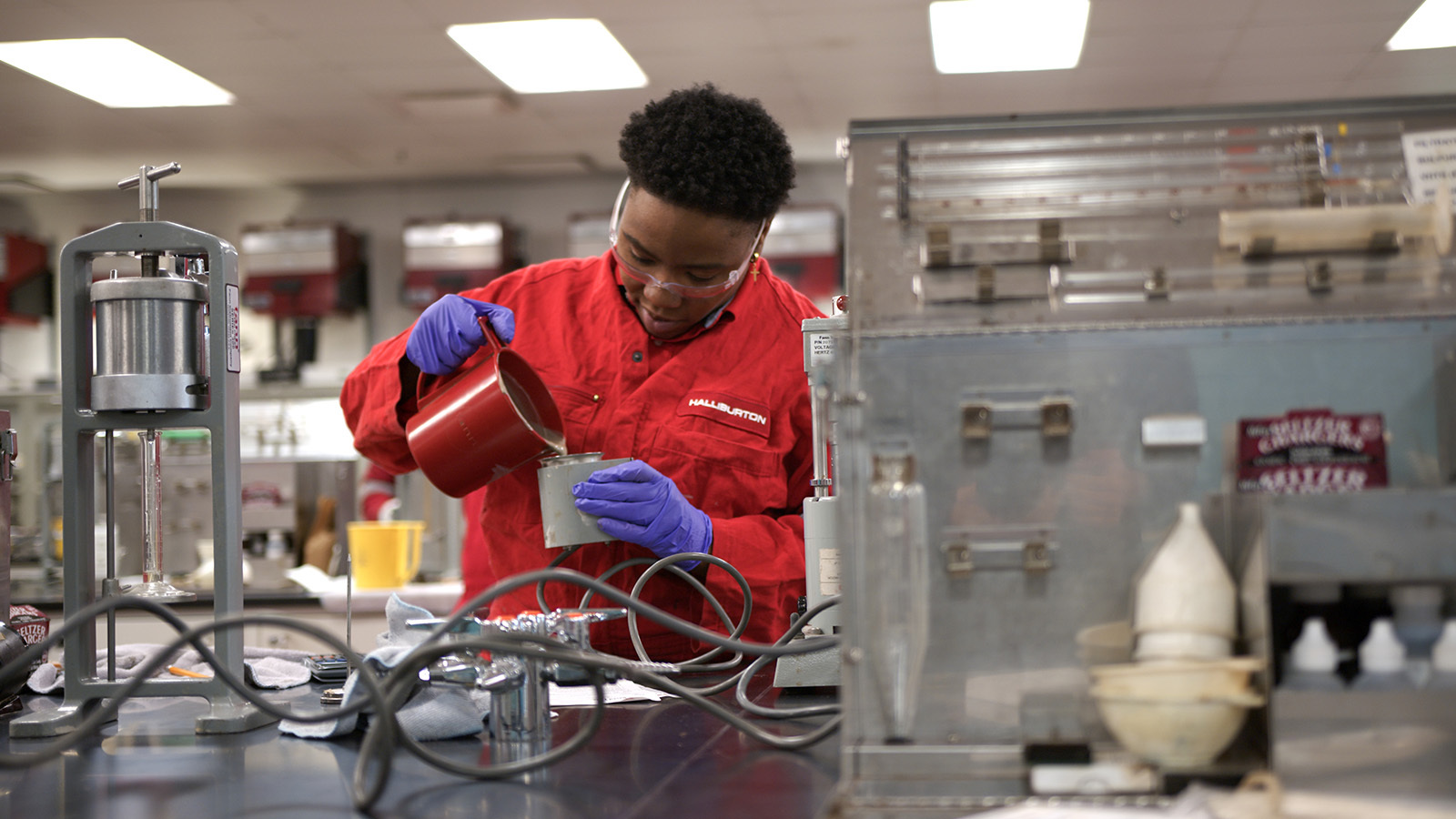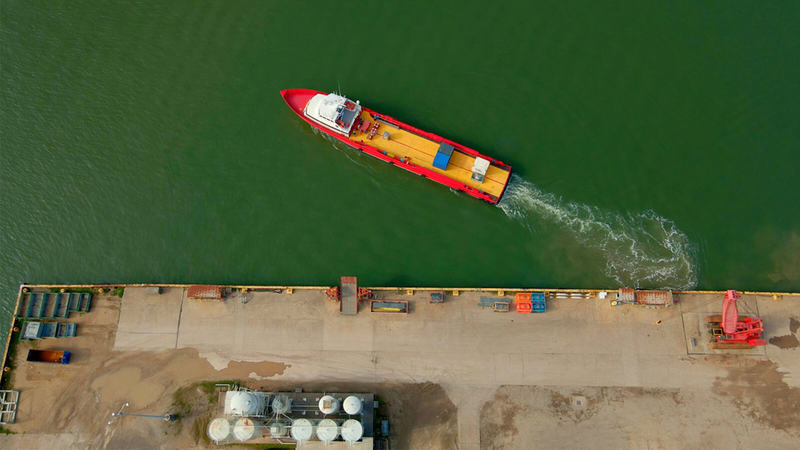 Search
Search
 Search
Search

BaraShale™ lite improves safety and lowers volume losses with customized STOPPIT® LCM Pill
Download PDFUnconventionals

Improve drilling fluid performance to drill a challenging well interval

Eastern Siberia, Russia
Historically, Vostsibneftegaz drilled a 968-ft (295-m) interval in the Yurubcheno-Tokhomskoe field using generic invert emulsion-based non-aqueous fluid (NAF) built with local crude oil, resulting in fluids with very low flashpoints. That approach resulted in safety incidents associated with a highly flammable fluid. The operator then approached Halliburton Baroid to provide an alternate solution that would prevent hazards, without compromising fluid performance, in subsequent wells.
Typically, such intervals in this area are entered using 1.05–1.10 sg generic invert emulsion-based NAF followed by single stage cementing. In addition to flashpoint dangers, the main concerns associated with the interval described, herein, were heavy fluid losses, and overpull/slack-offs while tripping in salt sections. A new solution was needed to ensure trouble-free drilling of this interval to set intermediate casing and to reduce the required amount of crude oil.
Extensive laboratory testing was conducted, showing that the local crude oil used in this region is characterized by an extremely low flashpoint, below 0°C. Attempts to dilute the crude oil in the invert emulsion-based NAF with various local mineral oils resulted in very limited increase of the mud flashpoint to 8°C. Significant flashpoint improvement was observed only when 90% of crude oil was replaced by mineral oil. This approach was, however, rejected by the operator due to economic inefficiency and a different approach was requested. The use of polymer, salt-saturated, water-based mud (WBM) was also not suitable, due to a minimum density of 1.22 sg being too high, significantly increasing the risk of heavy fluid losses (seen in the past).
Further studies discovered that BaraShale™ Lite (a mineralized, direct emulsion, high-performance WBM) at 1.13 sg and a water : crude oil ratio of 65:35 would be an optimal solution for the application. This fluid is characterized by an aqueous continuous phase (therefore, a flashpoint higher than 100°C) and utilizes oil as the internal phase. Studies also demonstrated that the use of BaraMul™-947 direct emulsifier leads to the formation of high-quality, stable, direct emulsion.
Initially, 120 m3 of BaraShale Lite drilling fluid was prepared. Drilling of the interval to 4,344 ft (1,324 m) was performed with periodic circulation after each connection and reaming in drag zones. In addition, 3–5 m3 of lost circulation material (LCM) pills were circulated while drilling to prevent fluid loss. The pills were composed of 55 kg/m3 cellulose fiber and 55 kg/m3 of STOPPIT® LCM.
At 7,300 ft (2,225 m), complete loss of circulation was observed; so LCM pills containing STOPPIT, cellulose fiber, STEELSEAL® 400, BARAFLAKE® M, and N-SEAL™ were pumped. This engineered solution reduced the rate of losses, first to 10 m3/hour and subsequently cured the losses completely. The LCM pill combination, with a total concentration of 100 – 120 kg/m3, was used by the customer as a preventive measure from this point onwards. As a result, no further losses were observed and the drill string was pulled out of hole with no over pull at TD. The total loss of BaraShale Lite mud while drilling the interval was 355 m3, 15% less than normally built, due to less volume lost into the formation.
Notably, the fluid parameters were stable during the entire 21 days of the interval construction. Furthermore, it took 70% less mixing time than previously drilled wells, a dramatic reduction considering the drilling conditions (i.e. excessive fluid losses and restricted pit room availability). The time savings was due to less volume of mixing and, more importantly, less time required to yield polymers and shear the fluid to get emulsion, compared to traditional NAF invert emulsions. The fluid was also found to ensure a high quality of wellbore cleaning.
feet lateral drilled
days of construction time saved
nonproductive time (NPT)
This particular interval was drilled with zero non-productive time (NPT) thanks to the innovative, high-performance, direct emulsion WBM. Additionally, the time required to build volume was significantly less than previous invert fluids, and the reduced time required for mixing additional BaraShale Lite saved three days in the total interval construction time. To date, six wells have been drilled using the same drilling fluid technology, with no recorded flashpoint incidents.

Halliburton leads the drilling fluids industry with cutting-edge solutions, including advanced drilling fluids and solids control technologies.
